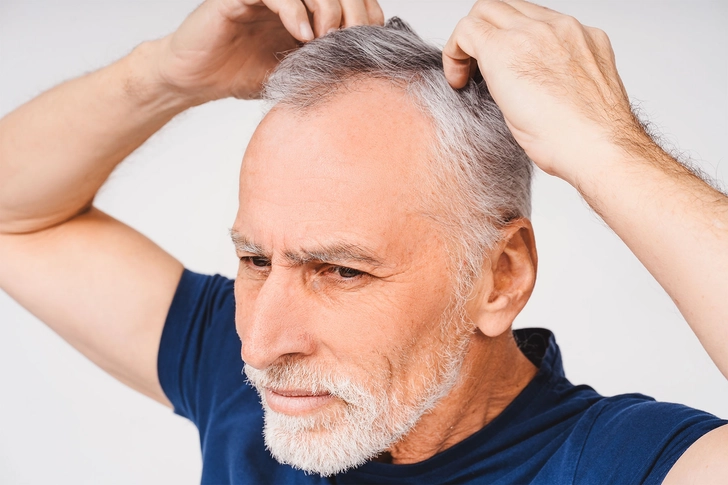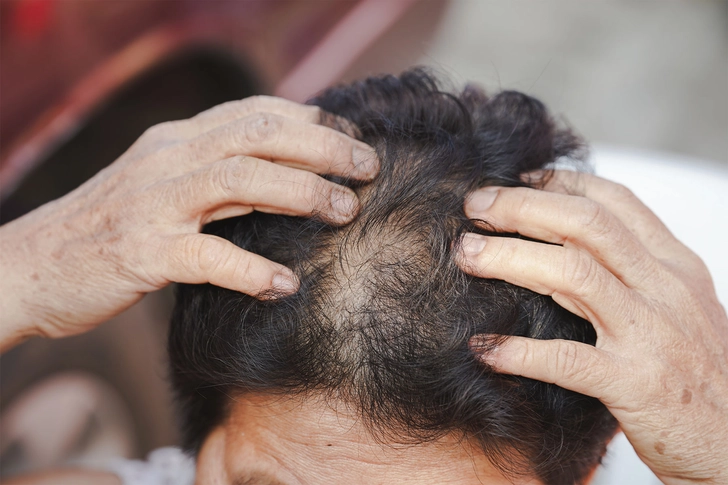Common Types of Hair Loss


What Is Hair Loss?
The average adult head has about 100,000-150,000 hair strands and loses up to 100 of them a day. Finding a few stray hairs on your hairbrush is not necessarily cause for alarm. But understanding the types of hair loss can help you and your health care provider address and manage hair loss.

Involutional Alopecia
Involutional alopecia is a natural condition in which the hair gradually thins with age. More hair follicles go into the resting phase, and the remaining hairs become shorter and fewer in number.

Androgenic Alopecia
Androgenic alopecia is a genetic condition, often called pattern baldness, that can affect both men and women. For men, it's characterized by a receding hairline and gradual disappearance of hair from the crown and frontal scalp. Women experience a general thinning over the entire scalp, with severe hair loss at the crown.

Alopecia Areata
Alopecia areata often starts suddenly and causes patchy hair loss in children and young adults. This condition may result in complete baldness (alopecia totalis). But in about 90% of people with the condition, the hair returns within a few years.

Alopecia Universalis
Alopecia universalis causes all body hair to fall out, including the eyebrows, eyelashes, and pubic hair.

Trichotillomania
Trichotillomania, seen most frequently in children, is a psychological disorder in which a person pulls out their own hair.

Telogen Effluvium
Telogen effluvium is temporary hair thinning over the scalp that occurs because of changes in the growth cycle of hair. A large number of hairs enter the resting phase at the same time, causing hair shedding and subsequent thinning.

Scarring Alopecia
Scarring alopecia results in permanent loss of hair. Inflammatory skin conditions (such as cellulitis, folliculitis, and acne) and other skin disorders (such as some forms of lupus and lichen planus) often result in scars that destroy the ability of the hair to regenerate.

Traction Alopecia
Traction alopecia can occur from using hot combs or having hair too tightly woven and pulled and leads to permanent hair loss.

Central Centrifugal Cicatricial Alopecia
This is the most common type among Black women. This often appears as a small bald patch in the center of the scalp that grows over time.
PHOTO CREDITS:
Slide 1 - PippiLongstocking / Shutterstock
Slide 2 - AYO Production
Slide 3 - Oporty786 / Shutterstock
Slide 4 - Fraanek/Dreamstime/ Shutterstock
Slide 5 - travelarium.ph / Shutterstock
Slide 6 - CGN089 / Shutterstock
Slide 7 - ibreakstock / Shutterstock
Slide 8 - TisforThan / Shutterstock
Slide 9 - Kzenon / Shutterstock
Slide 10 - Prostock-studio / Shutterstock
SOURCES:
American Society for Dermatologic Surgery.
American Academy of Family Physicians.